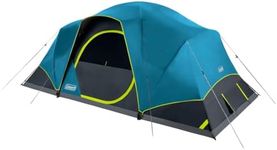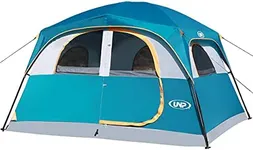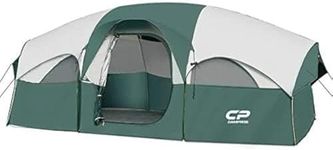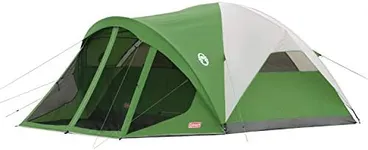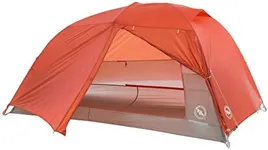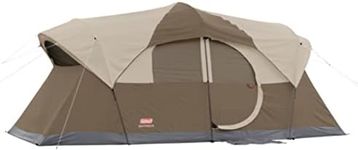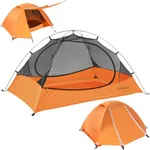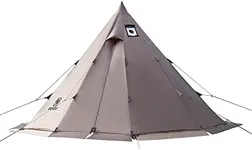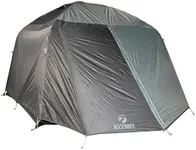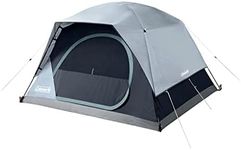Buying Guide for the Best Winter Tents
Choosing the right winter tent is crucial for ensuring comfort and safety during your cold-weather camping adventures. Winter tents are designed to withstand harsh conditions such as heavy snow, strong winds, and freezing temperatures. When selecting a winter tent, it's important to consider several key specifications to ensure it meets your needs and provides adequate protection against the elements.Season RatingThe season rating of a tent indicates the type of weather conditions it is designed to handle. For winter camping, you need a 4-season tent, which is built to withstand heavy snow, strong winds, and cold temperatures. These tents have sturdier poles, more robust fabrics, and better insulation compared to 3-season tents. If you plan to camp in extreme winter conditions, a 4-season tent is essential to ensure your safety and comfort.
Tent CapacityTent capacity refers to the number of people the tent can accommodate. Winter tents come in various sizes, from solo tents to larger models that can fit multiple people. When choosing the right capacity, consider the number of people who will be using the tent and the amount of gear you need to store inside. It's often a good idea to choose a tent with a slightly larger capacity than the number of occupants to allow for extra space for gear and to avoid feeling cramped.
WeightThe weight of a winter tent is an important factor, especially if you plan to carry it on your back during a hike or expedition. Winter tents tend to be heavier than 3-season tents due to their sturdier construction and additional features. When evaluating weight, consider the balance between durability and portability. If you need to hike long distances, look for a lightweight winter tent that still offers adequate protection. For car camping or base camping, weight may be less of a concern.
Material and FabricThe material and fabric of a winter tent play a crucial role in its durability and weather resistance. Look for tents made from high-quality, ripstop nylon or polyester with a high denier rating, which indicates the thickness and strength of the fabric. Additionally, check for a waterproof coating or treatment to ensure the tent can withstand snow and rain. The tent's poles should be made from strong materials like aluminum or carbon fiber to provide stability in harsh conditions.
VentilationProper ventilation is essential in a winter tent to prevent condensation buildup, which can lead to dampness and discomfort. Look for tents with multiple vents, mesh panels, and adjustable openings that allow for airflow while keeping out the cold. Good ventilation helps regulate the temperature inside the tent and reduces the risk of frost buildup on the interior walls. If you tend to generate a lot of body heat or plan to cook inside the tent, prioritize models with excellent ventilation features.
Setup and Ease of UseSetting up a winter tent can be challenging, especially in cold and windy conditions. Choose a tent that is easy to set up and comes with clear instructions. Features like color-coded poles, quick-clip systems, and freestanding designs can simplify the setup process. If you often camp alone or in extreme weather, practice setting up the tent at home before your trip to ensure you can do it quickly and efficiently in the field.
Vestibules and StorageVestibules are covered areas outside the main tent body that provide additional storage space for gear, boots, and other items. Having a vestibule is particularly useful in winter camping, as it helps keep the interior of the tent clean and dry. Consider the size and number of vestibules when choosing a winter tent. If you have a lot of gear or plan to camp with multiple people, look for tents with spacious vestibules and ample interior storage pockets to keep your belongings organized.
